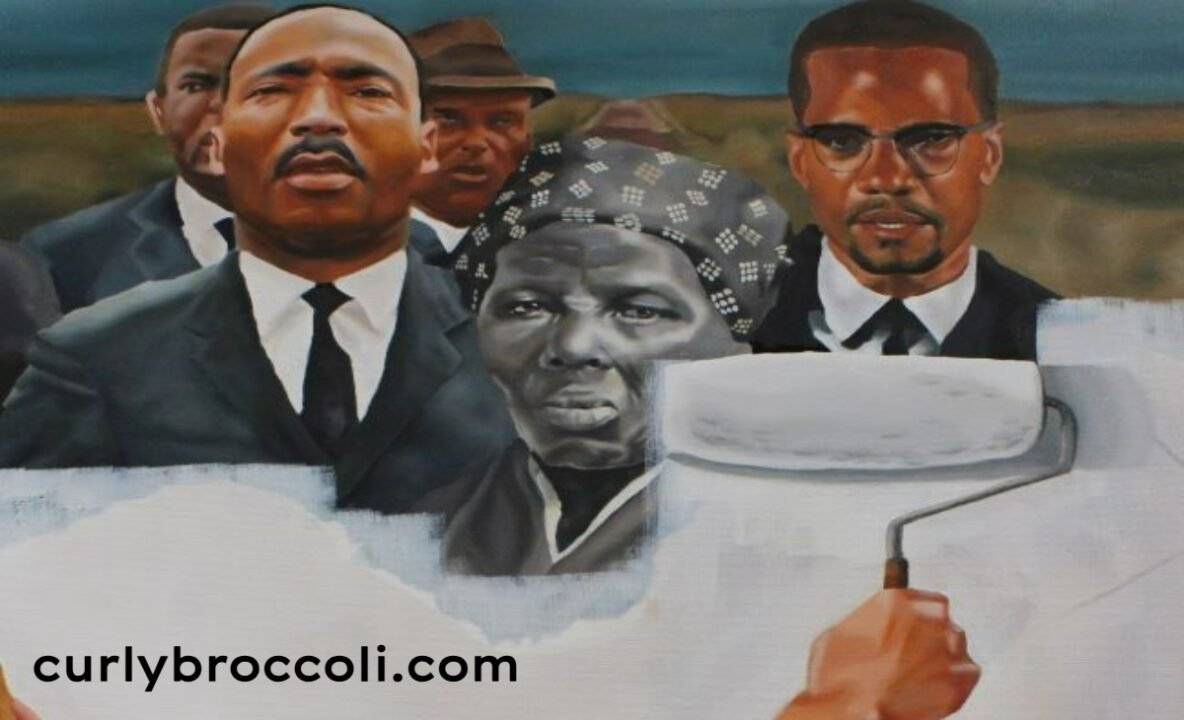Introduction
Art has long served as a powerful vehicle for political and social discourse, and critical race theory painting stands at the intersection of visual expression and racial justice. By incorporating themes of systemic racism, historical oppression, and marginalized voices, these paintings challenge dominant narratives and create spaces for reflection, resistance, and dialogue. Whether through abstract forms, portraiture, or street art, artists employing critical race theory (CRT) in their work use visual storytelling to expose racial injustices and advocate for change.
Understanding Critical Race Theory in Art
Critical Race Theory (CRT) originated as a legal framework that examines systemic racism embedded in laws, policies, and social institutions. However, its principles have transcended academia, influencing various disciplines, including literature, media, and art. In the realm of painting, CRT-inspired artworks seek to highlight racial inequalities, reclaim histories erased by mainstream narratives, and reimagine a more equitable future.
Artists working within this framework often depict:
- Historical injustices, such as slavery, colonization, and segregation.
- Contemporary racial struggles, including police brutality and mass incarceration.
- Cultural pride and resilience, showcasing the strength and beauty of marginalized communities.
- Intersectionality, addressing how race intersects with gender, class, and other identities.
Historical Context of Racial Representation in Art
For centuries, Western art has predominantly centered on white European perspectives, often erasing or misrepresenting people of color. Classical portraiture, religious paintings, and even early American art largely omitted Black, Indigenous, and other non-white subjects, reinforcing social hierarchies and colonial ideologies.
However, resistance to this exclusion has always existed. The Harlem Renaissance (1920s-30s), the Black Arts Movement (1960s-70s), and contemporary activist art have all challenged racial exclusion in the art world. These movements laid the groundwork for modern CRT-inspired painting, which actively confronts the past and reshapes artistic representation.
Key Themes in Critical Race Theory Painting
1. Exposing Systemic Racism
Many artists create works that directly confront racial injustices, using their canvas as a space for protest. These paintings often depict scenes of police brutality, mass incarceration, redlining, and other forms of systemic oppression.
2. Reclaiming Erased Histories
By painting historical figures and events from a racially conscious perspective, artists challenge whitewashed history. Examples include paintings of the Tulsa Race Massacre, the Haitian Revolution, and Indigenous resistance movements.
3. Centering Marginalized Voices
Artists use CRT principles to give visibility to those historically excluded from mainstream narratives. This includes depicting everyday life in Black and Brown communities, celebrating cultural traditions, and humanizing individuals often stereotyped in media.
4. Uplifting Black and Brown Joy
Not all CRT-inspired paintings focus on oppression; many celebrate racial pride, beauty, and resilience. Vibrant portraits of Black families, depictions of cultural rituals, and abstract works symbolizing hope all play a crucial role in this genre.
5. Intersectionality in Race and Identity
Artists explore the ways race intersects with gender, sexuality, disability, and economic status. For example, paintings addressing the experiences of Black women, Afro-Latinx communities, or LGBTQ+ people of color highlight these layered identities.
Notable Artists and Their Work
Kerry James Marshall
Marshall’s paintings explore Black identity and challenge traditional representations in Western art. His large-scale works depict Black figures in everyday settings, reclaiming space in an art world historically dominated by whiteness.
Jean-Michel Basquiat
Using bold colors and expressive text, Basquiat’s work addressed race, class, and power dynamics. His paintings critiqued capitalism, police violence, and the erasure of Black contributions to history.
Faith Ringgold
Ringgold’s narrative quilts blend storytelling with painting to depict Black history, feminism, and social justice. Her works serve as a form of historical documentation and artistic activism.
Titus Kaphar
Kaphar reconfigures classical Western paintings to insert missing Black figures and narratives. His work challenges the viewer to reconsider historical representations of race.
The Role of Street Art in Critical Race Theory Painting
Street art and murals have become one of the most accessible and impactful forms of CRT-inspired painting. Public art projects, such as those emerging from the Black Lives Matter movement, serve as both memorials and calls to action. Graffiti artists and muralists use city walls to amplify messages of resistance, making racial justice conversations unavoidable.
How Critical Race Theory Painting Inspires Change
1. Educating the Public
Art has the power to inform and challenge perspectives. Museums, galleries, and public art installations provide platforms for difficult conversations about race and history.
2. Promoting Empathy and Understanding
By humanizing racial struggles and triumphs, CRT-inspired paintings evoke emotions that encourage solidarity and action.
3. Challenging Institutional Bias
Many artists critique the lack of diversity in the art world itself, pushing museums and galleries to include more artists of color.
4. Empowering Future Generations
Young artists inspired by CRT use their work to continue the dialogue and push the boundaries of artistic activism.
FAQs
How does critical race theory influence painting?
CRT influences painting by encouraging artists to explore race, systemic inequalities, and social justice themes, often challenging dominant narratives.
Why is representation important in art?
Representation in art ensures that marginalized communities see themselves reflected positively, countering historical erasure and negative stereotypes.
What are some examples of critical race theory paintings?
Examples include works by Kerry James Marshall, Faith Ringgold’s narrative quilts, and street murals inspired by the Black Lives Matter movement.
How can art be used as activism?
Art serves as a powerful tool for activism by educating, raising awareness, and providing a visual platform for resistance and dialogue.
Are museums embracing CRT-inspired art?
Many museums and galleries are beginning to diversify their collections, though challenges remain in fully integrating CRT perspectives into mainstream art spaces.
Can I create CRT-inspired art without being a person of color?
While anyone can engage with CRT themes, it is essential to approach the subject with cultural humility, research, and respect for the lived experiences of marginalized communities.
Conclusion
Critical race theory painting is more than just a form of artistic expression—it is a movement that challenges the status quo, amplifies marginalized voices, and reclaims narratives that have long been ignored. Through powerful imagery, artists push society to confront uncomfortable truths and envision a more just future. Whether in a museum, on a city wall, or in an independent studio, CRT-inspired art continues to shape conversations on race, history, and social justice.





